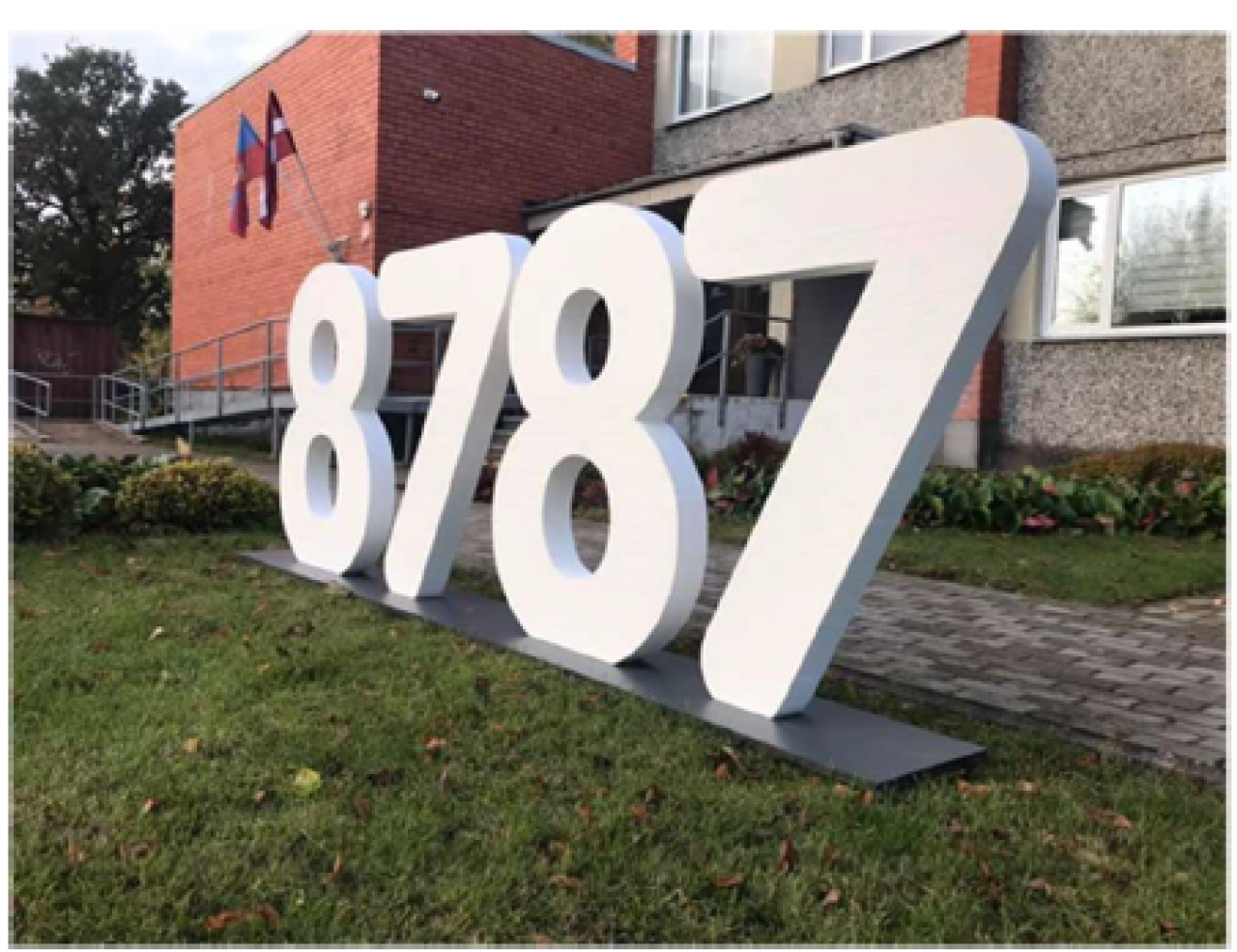
Jelgava City in Latvia is widely recognised in Baltic region as one of the North European leaders in the practical implementation of Smart City concepts. The Jelgava Smart City programs began with mobile citizen e-cards for transportation and social services for pensioners and school students, smart traffic flow management, lightning sensors, security cameras, energy efficiency, use of renewable energy resources and green transport, energy planning and data management.
One of the key city achievements included the establishment of Municipality Operative Information Centre (MOIC) in 2016 to monitor the city public area and critical infrastructure with the latest technology solutions (27/7 citizens contact centre, video surveillance system, GIS, energy monitoring, flood maps, road traffics accident map, drone images database, etc.)
After extensive experimentation with Smart City Monitor digital transformation technology platform during 2018-2019, the municipality decided to obtain the license for its implementation to support the ambitious city incentives in AI and Big Data - driven digital
transformation. In 2017, the investment research department of the Financial Times, ranked Jelgava 6th among Europeans micro cities in the category “connectivity”.
The MOIC started its work on February 1, 2016, with the following functions:
- ensure a coordinated flow of information between the institution and the population, state and local government institutions, enterprises, subjects of operational activities and owners or legal possessors of critical infrastructure, as well as the analysis;
- ensure the maintenance of the local government civil protection system;
- supervise and manage critical infrastructure monitoring systems;
- perform the input or processing of data provided by the maintainers of critical infrastructure.

The MOIC provides a free 24-hour support line for 8787 residents, giving residents the opportunity to report various types of events and situations in the urban environment. A comprehensive communication, information exchange and analysis mechanisms provide direct communication between Jelgava city residents, infrastructure managers, operational services, state and municipal institutions, commercial companies and the Civil Protection Commission.
The key technology applications include setting up the large network of air quality, environment, energy and transport infrastructure sensors and systems linked to LoRaWan and optical cable connectivity networks to collect big data and transform it into key performance indicators for major urban infrastructure and processes, and automatically control their efficiency and use in real time. The technology Smart City Monitor provides cutting-edge IoT integration platform to make and run the city Digital Twins which are capable to monitor automatically large number of urban processes in real time and assist administrations and citizens in Smart Sustainable and Transparent Management of their cities.
In 2020, from 1 January to 31 December, 10.917 reports were received, of which 10.618 (97.26%) were related to the territory of Jelgava city, and 229 (2.16%) of reports were from the territory of Jelgava Local Municipality and 70 (0.64%) to Ozolnieki Local Municipality. The most active residents reported the condition of street and sidewalk pavement 1.345 (12.3%), missing and injured animals 1.120 (10.26%), street lighting 501 (4.59%). Information channels to communicate with the population: - Citizens' toll-free number 8787, Jelgava city interactive map (in WEB version - https://karte.jelgava.lv/reporting) and mobile application - “Jelgavaspilseta”, was used by 797 residents; - Social network accounts were used 79 times to communicate with the Authority.
The website is an essential part of communication, where the citizen can get all the information about the activities of the Institution, current events, communication opportunities and other information that could be of interest to any interested party. In 2020, the Authority continued to be visited by those interested in getting to know the city of Jelgava as a good example of the use of smart technologies in the city's infrastructure.
In 2020, residents had the opportunity to apply for early notification, which allows registered residents to be informed. Obtaining up-to-date information on potential threats: notifications of floods, fires and other civil protection events, which is attributable to the endangered property belonging to them (in 2020, more than 40 residents of Jelgava city registered in the system). Communication of the institution with residents and cooperation partners takes place all the time using various communication channels - call, e-mail, interactive map “https://karte.jelgava.lv” mobile application “Jelgavaspilseta”, monitoring systems, Police Radio, social networks “Facebook” (1193 followers) and Twitter (298 followers), Whatsapp.
The Jelgava City Municipality Operative Information Center (MOIC) case study brings up the learnings of the city in digital transformation. The case study is a good example of a smart city strategy, where traditional networks and services are made more efficient with the use of digital solutions for the benefit of its inhabitants and business. The MOIC goes beyond the use of digital technologies for better resource use. It means smarter urban transport networks, upgraded water supply and waste disposal facilities and more efficient ways to light cities. It also means a more interactive and responsive city administration, safer public spaces and meeting the needs of an ageing population.
The transfer potential to other European cities is high and can follow the integrated “Explore- Shape-Deal” process, purposefully geared towards the knowledge exchange on, the capacity building support for and the development, implementation, replication and upscaling of
Smart City solutions. It is organised in three phases building on each other:
- Explore – See and learn what’s next: taking this case study as starting point but also engaging directly with the team of Jelgava to collect more information about which solutions and best practices have already been successfully implemented and creating ideas for own projects.
- Shape – Shape project and action plans: Once a vision for a project has been developed this phase helps to shape that idea into a solid bankable project, which is fit to attract public and private investors. This phase will also enable a structured dialogue between all key stakeholders involved.
- Deal – Create relations and opportunities: The third and last phase enables a one-toone exchange between project promoters and members of the financing community to ultimately close deals and finance projects.
The transfer potential is also measured by the capacity of the cities to implement the practice. A set of possible questions should be considered, such as:
- Why my city need this kind of system?
- Is there political support for the transfer?
- Will sufficient resource be available for the transfer?
- Have the relevant stakeholders been identified?
- Are they aware of the project and do they support it?
- Is there a mechanism is place to coordinate the transfer at city level?
- Is there a clear a vision for the future of transfer?
Based on this assessment, cities will be better prepared to engage in a transfer process.

